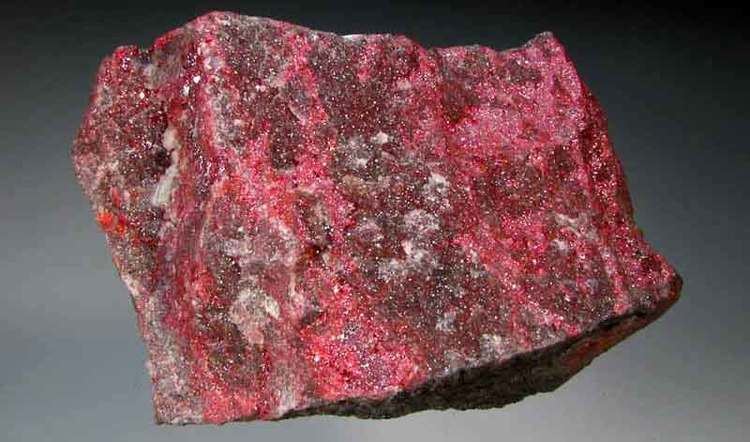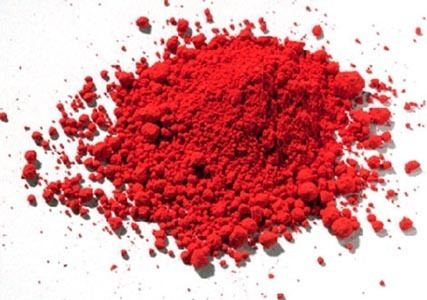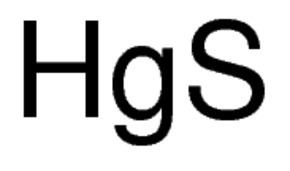Formula HgS Melting point 580 °C | Molar mass 232.66 g/mol Density 8.1 g/cm³ | |
 | ||
experiments with Cinnabar
Mercury sulfide, mercuric sulfide, mercury sulphide, or mercury(II) sulfide is a chemical compound composed of the chemical elements mercury and sulfur. It is represented by the chemical formula HgS. It is virtually insoluble in water.
Contents

Crystal structure
HgS is dimorphic with two crystal forms:

Crystals of red, α-HgS, are optically active. This is caused by the Hg-S helices in the structure.
Preparation and chemistry

β-HgS is precipitated as a black powder when H2S is bubbled through solutions of Hg(II) salts. β-HgS is unreactive to all but concentrated acids.
Mercury metal is produced from the cinnabar ore by roasting in air and condensing the vapour.
Uses

When α-HgS is used as a red pigment, it is known as vermilion. The tendency of Vermilion to darken has been ascribed to conversion from red α-HgS to black β-HgS. However β-HgS was not detected at excavations in Pompeii, where originally red walls darkened, and was attributed to the formation of Hg-Cl compounds (e.g., corderoite, calomel, and terlinguaite) and calcium sulfate, gypsum.

